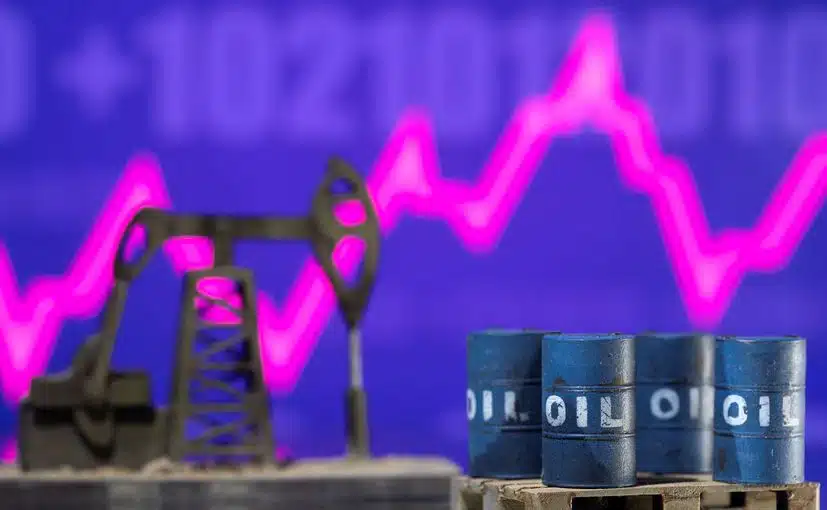Oil prices rose again on Friday, building on gains from a previous session that propelled them to a two-month high. This increase stemmed from global expectations of stronger government policy support that could spur economic growth and elevate fuel demand.
On Friday, Brent crude futures advanced 16 cents to $76.09 a barrel, their highest level since October 25. Similarly, U.S. West Texas Intermediate crude climbed 19 cents to $73.32 a barrel, its highest level since October 14.
Both oil benchmarks are on track for their second consecutive weekly gain, benefiting from investors’ returns and improved trade liquidity after the holiday season.
Factory activity in Asia, Europe, and the U.S. ended 2024 on a subdued note, facing challenges such as trade uncertainties under Donald Trump’s second term and China’s cautious economic recovery. Capital Economics analysts noted a mixed performance in December’s purchasing managers’ indexes but expected manufacturing activity and GDP growth in Asia to remain subdued. They predict that central banks in the region will continue to loosen policies in response to slow growth and low inflation.
Analysts foresee declining interest rates stimulating economic growth and boosting fuel usage. Additionally, the U.S. Federal Reserve is anticipated to make further interest rate cuts this year to support the economy. Concurrently, Chinese President Xi Jinping has pledged to embrace more assertive growth strategies.
Read: Oil Prices Rise Ahead of Holidays Amid Tight Supply Outlook
“With China’s economic trajectory poised to play a pivotal role in 2025, we are hopeful for government stimulus measures that will drive increased consumption and bolster oil demand in the coming months,” stated StoneX analyst Alex Hodes.
Recent data from the U.S., the world’s top oil consumer, showed a marked increase in gasoline and distillate inventories as refineries ramped up output, although fuel demand fell to a two-year low. Last week, crude stockpiles decreased by 1.2 million barrels, less than analysts’ anticipated 2.8 million barrels.






